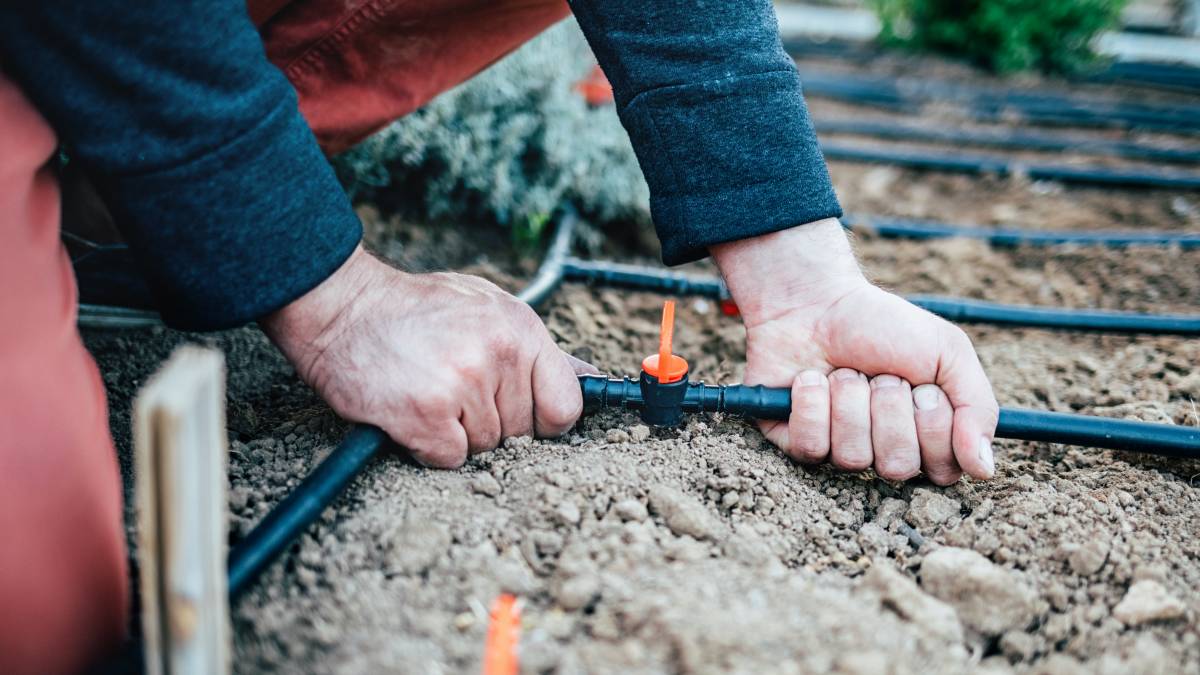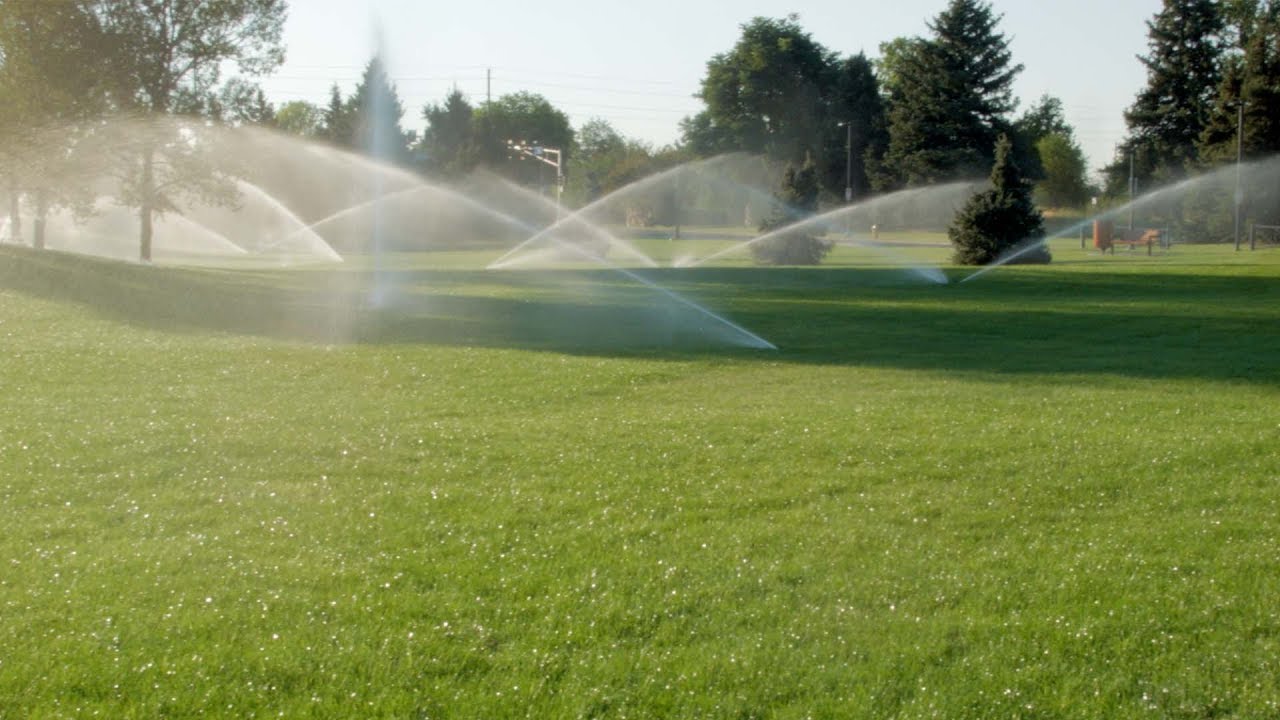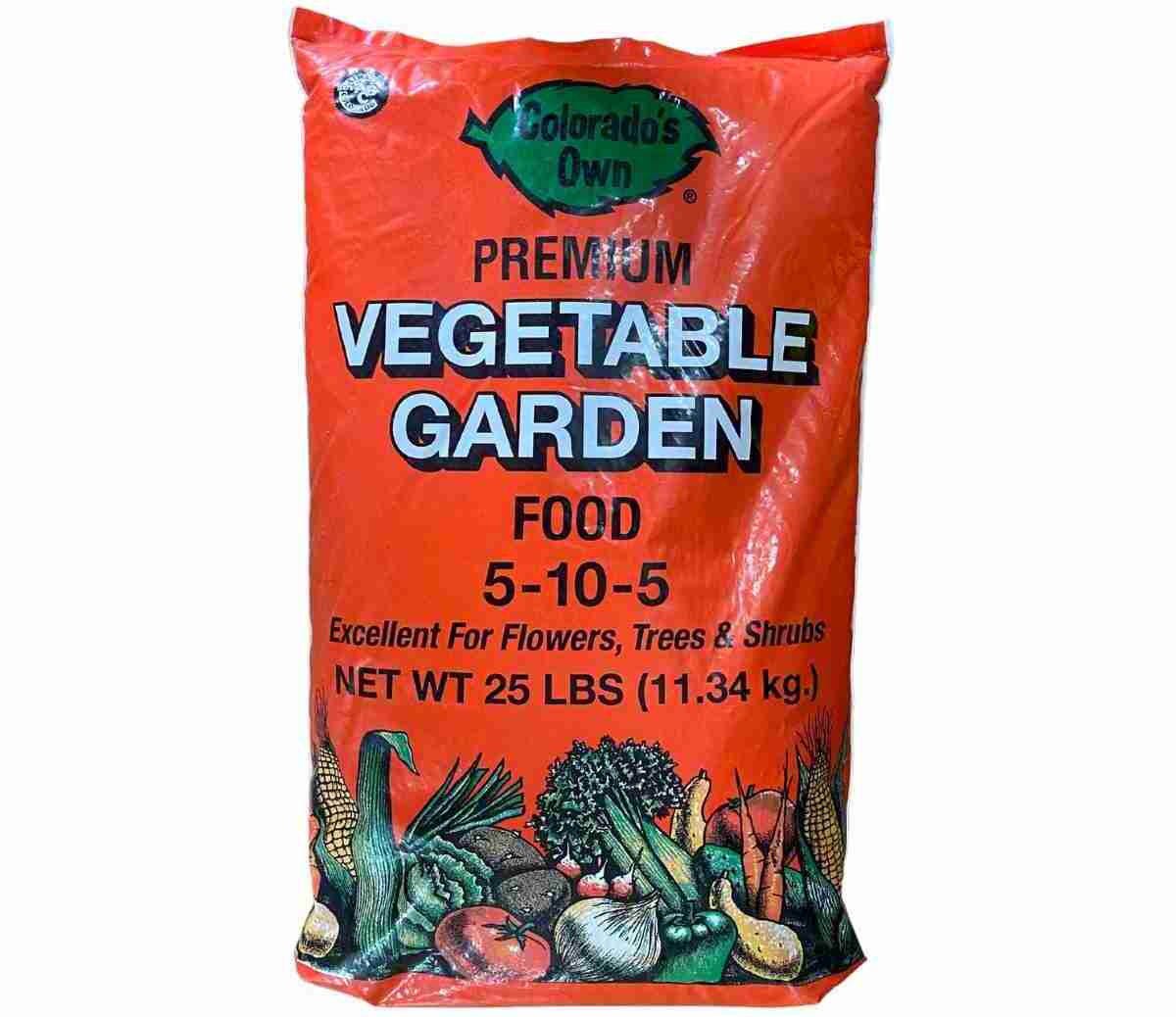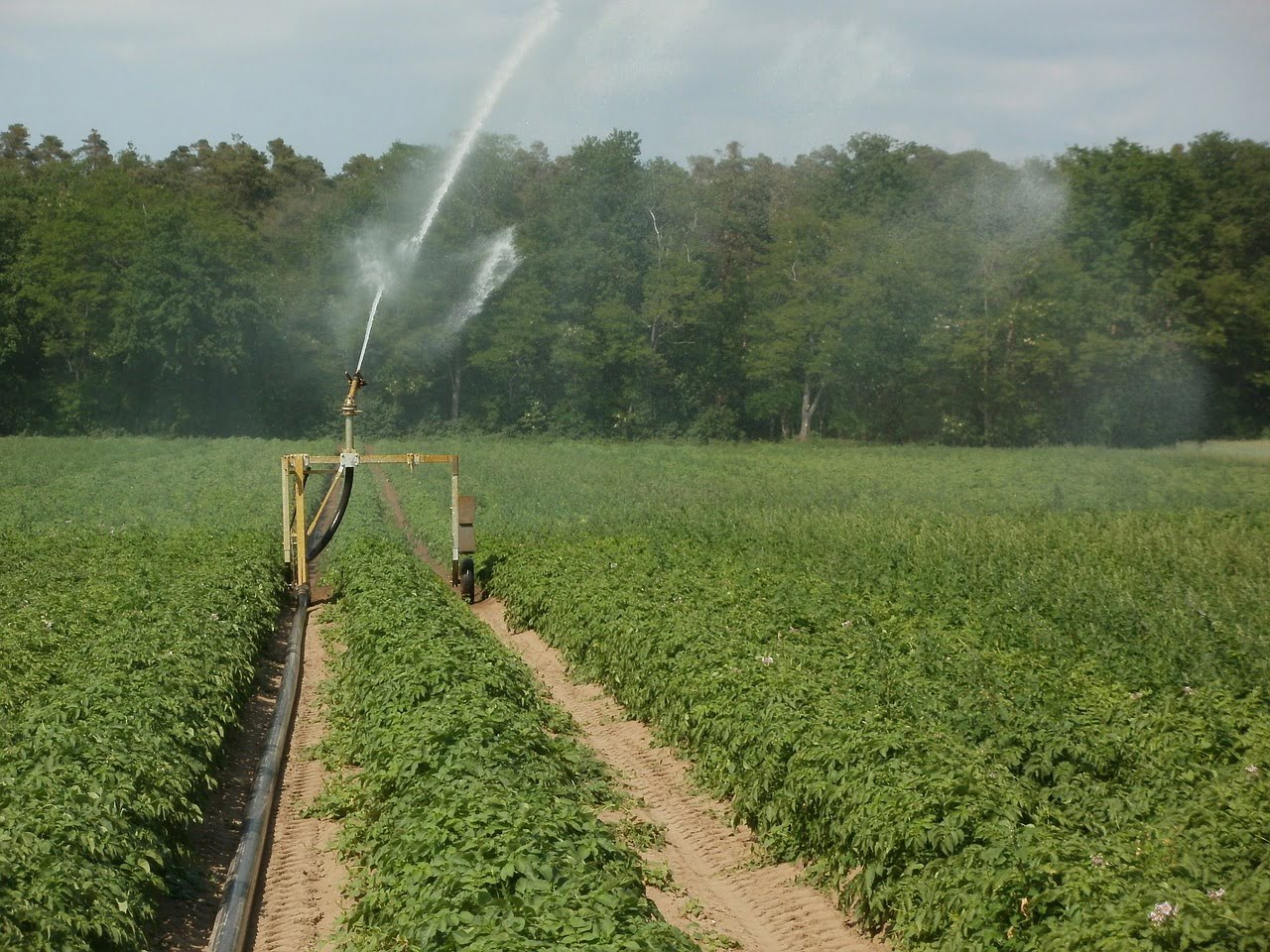Home>Gardening Tips and Tricks>Eco-Friendly Gardening>How Much To Run A 5-Gallon Aeroponics System


Eco-Friendly Gardening
How Much To Run A 5-Gallon Aeroponics System
Modified: January 22, 2024
Discover the cost of running a 5-gallon aeroponics system and learn how eco-friendly gardening can benefit your budget and the environment. Start your sustainable gardening journey today!
(Many of the links in this article redirect to a specific reviewed product. Your purchase of these products through affiliate links helps to generate commission for Chicagolandgardening.com, at no extra cost. Learn more)
Table of Contents
Introduction
Welcome to the world of eco-friendly gardening! Are you ready to embark on a journey that not only nurtures your green thumb but also contributes to a sustainable environment? If so, then aeroponics might pique your interest. Aeroponics is a cutting-edge gardening method that leverages air and water to cultivate plants, making it an efficient and environmentally friendly option for gardening enthusiasts.
In this article, we will delve into the realm of 5-gallon aeroponics systems, exploring the ins and outs of this innovative approach to gardening. From understanding the fundamental principles of aeroponics to dissecting the cost dynamics of operating a 5-gallon aeroponics system, we aim to equip you with the knowledge and insights needed to make informed decisions about integrating this method into your gardening endeavors.
As we navigate through the components, costs, and maintenance considerations associated with 5-gallon aeroponics systems, you will gain a comprehensive understanding of the financial and practical aspects of embracing this eco-friendly gardening technique. Whether you are a seasoned gardener seeking to expand your horticultural horizons or a novice looking to embark on a sustainable gardening journey, this article is designed to provide valuable insights into the world of 5-gallon aeroponics systems.
So, fasten your seatbelt, and get ready to explore the fascinating world of 5-gallon aeroponics systems, where sustainability, efficiency, and greenery converge to redefine the art of gardening.
Understanding Aeroponics Systems
Aeroponics revolutionizes traditional gardening practices by suspending plant roots in a nutrient-rich mist environment, eliminating the need for soil. This innovative method capitalizes on the efficient delivery of nutrients and oxygen to the roots, fostering rapid and robust plant growth. Unlike hydroponics, which submerges roots in water, aeroponics relies on periodic misting, ensuring optimal moisture levels while promoting aeration.
By harnessing the power of air and water, aeroponics systems create an ideal environment for plant growth, offering several advantages over conventional gardening methods. The absence of soil minimizes the risk of soil-borne diseases, while the controlled misting mechanism conserves water, making aeroponics a sustainable and eco-friendly choice for cultivating a wide array of plants, including herbs, leafy greens, and even fruiting crops.
Furthermore, aeroponics systems facilitate precise nutrient delivery, allowing plants to absorb essential elements more effectively than in soil-based environments. This targeted approach optimizes resource utilization and minimizes waste, aligning with the principles of sustainable and efficient gardening.
Understanding the underlying principles of aeroponics systems is pivotal to appreciating their potential in transforming traditional gardening practices. From enhancing nutrient uptake to minimizing water consumption, aeroponics embodies a forward-thinking approach to plant cultivation, offering a glimpse into the future of sustainable and high-yield gardening.
Components of a 5-Gallon Aeroponics System
A 5-gallon aeroponics system comprises several essential components that work in harmony to create an optimal environment for plant growth. Understanding these components is crucial for setting up and maintaining a successful aeroponics system:
- Reservoir: The reservoir serves as the foundational component, holding the nutrient solution that will be misted onto the plant roots. In a 5-gallon system, the reservoir typically accommodates a smaller volume of nutrient solution, promoting efficient nutrient utilization.
- Mist Emitter: This critical component is responsible for generating and dispersing the nutrient mist within the growing chamber. The mist emitter ensures that the plant roots receive a consistent and adequate supply of nutrients and moisture.
- Growing Chamber: The growing chamber houses the plant roots and provides a controlled environment for their development. It is designed to support the misting mechanism and accommodate the plant’s growth while optimizing space utilization in the compact 5-gallon setup.
- Net Pots: These specialized pots hold the plants in place while allowing their roots to be exposed to the nutrient mist. In a 5-gallon aeroponics system, the size and number of net pots are tailored to suit the compact nature of the setup, maximizing its efficiency.
- Pump and Tubing: The pump and tubing work in tandem to circulate the nutrient solution from the reservoir to the mist emitter, ensuring a continuous and uniform distribution of the mist throughout the growing chamber. The compact scale of a 5-gallon system necessitates a pump and tubing setup optimized for space and resource efficiency.
These components collectively form the backbone of a 5-gallon aeroponics system, enabling efficient nutrient delivery and plant growth within a compact and sustainable framework.
Cost Breakdown of Running a 5-Gallon Aeroponics System
Operating a 5-gallon aeroponics system entails various costs, encompassing initial setup expenses and ongoing operational investments. Understanding the breakdown of these costs is essential for evaluating the financial implications of integrating this innovative gardening method. Let’s explore the key cost components associated with running a 5-gallon aeroponics system:
- Equipment and Setup: The initial investment in a 5-gallon aeroponics system encompasses the purchase of essential components such as the reservoir, mist emitter, growing chamber, net pots, pump, and tubing. While the compact scale of the system mitigates some of the setup costs compared to larger aeroponics setups, quality equipment and materials are paramount for ensuring optimal performance and longevity.
- Nutrient Solution: A recurring cost of running a 5-gallon aeroponics system is the procurement of nutrient solutions tailored to the specific needs of the cultivated plants. While the compact size of the system reduces the overall volume of nutrient solution required, ongoing replenishment is necessary to sustain plant health and growth.
- Electricity: The operation of the pump and mist emitter necessitates electricity, contributing to the overall operational costs of the aeroponics system. While 5-gallon systems are designed for efficiency, it is essential to consider the energy consumption associated with maintaining the misting and circulation mechanisms.
- Maintenance and Replacement: Regular maintenance, including cleaning, inspecting, and replacing components as needed, is a fundamental aspect of running a 5-gallon aeroponics system. While the compact scale may reduce some maintenance expenses, it is important to budget for potential component replacements and upkeep to ensure consistent performance.
By comprehensively understanding the cost breakdown of running a 5-gallon aeroponics system, gardeners can make informed decisions regarding budget allocation and long-term financial planning, ultimately optimizing the sustainability and productivity of their aeroponic endeavors.
Factors Affecting Operating Costs
Several factors influence the operating costs of a 5-gallon aeroponics system, shaping the financial considerations associated with its maintenance and functionality. Understanding these factors is pivotal for gardeners seeking to manage and optimize the operational expenses of their aeroponic setup:
- Plant Selection: The choice of plants cultivated in the aeroponics system directly impacts the operating costs. Different plant species have varying nutrient requirements and growth patterns, influencing the consumption of nutrient solutions and the frequency of misting cycles. Selecting plants that align with the system’s capacity and resource efficiency can mitigate operational expenses.
- Energy Efficiency: The energy consumption of the aeroponics system, primarily driven by the pump and misting mechanisms, significantly affects operating costs. Employing energy-efficient components and optimizing the system’s operational schedule can reduce electricity expenses while promoting sustainable resource utilization.
- Maintenance Practices: Diligent and proactive maintenance practices can mitigate operating costs by prolonging the lifespan of components and optimizing the system’s performance. Regular cleaning, inspection, and timely replacement of worn-out parts contribute to cost-effective operation and minimize the need for extensive repairs.
- Nutrient Management: Efficient management of nutrient solutions, including monitoring concentrations, pH levels, and replenishment schedules, directly influences operating costs. By avoiding wastage and optimizing nutrient utilization, gardeners can minimize the recurring expenses associated with procuring and replenishing nutrient solutions.
- Component Quality: The quality and durability of the system’s components play a crucial role in determining long-term operating costs. Investing in high-quality materials and reliable equipment, albeit with higher initial costs, can yield substantial savings by reducing the frequency of replacements and repairs.
By conscientiously considering these factors, gardeners can proactively manage and optimize the operating costs of their 5-gallon aeroponics system, fostering sustainability and cost-effective gardening practices.
Tips for Cost-Effective Maintenance
Maintaining a cost-effective 5-gallon aeroponics system involves strategic practices aimed at maximizing efficiency, prolonging component lifespan, and minimizing operational expenses. By implementing the following maintenance tips, gardeners can optimize the sustainability and financial viability of their aeroponic setup:
- Regular Inspection: Conduct routine inspections of the system’s components, including the pump, mist emitter, tubing, and reservoir, to identify potential issues early and prevent costly malfunctions. Addressing minor issues promptly can avert more significant problems and reduce maintenance expenses.
- Optimized Nutrient Delivery: Fine-tune the nutrient delivery schedule and misting cycles based on the specific requirements of the cultivated plants. Avoid over-misting, as this can lead to nutrient wastage and increased operational costs. Precision in nutrient delivery promotes efficient resource utilization.
- Proactive Cleaning: Regularly clean the mist emitter, tubing, and growing chamber to prevent clogging and ensure unobstructed nutrient distribution. By maintaining clean and debris-free components, gardeners can optimize the system’s performance and minimize the need for costly repairs.
- Energy-Efficient Practices: Implement energy-saving measures by optimizing the operating schedule of the pump and misting system. Utilize timers or automated controls to regulate the system’s power consumption, reducing electricity expenses while maintaining optimal growing conditions.
- Quality Component Selection: Invest in high-quality components and materials during the initial setup to minimize the frequency of replacements and repairs. Durable and reliable equipment may entail higher upfront costs but can yield substantial long-term savings and contribute to cost-effective maintenance.
- System Monitoring: Regularly monitor the pH levels and nutrient concentrations within the reservoir to ensure optimal plant nutrition. By maintaining balanced nutrient solutions, gardeners can avoid unnecessary wastage and mitigate recurring expenses associated with replenishing nutrient supplies.
By integrating these cost-effective maintenance practices into their gardening routine, enthusiasts can uphold the efficiency and longevity of their 5-gallon aeroponics system while managing operational costs effectively.
Conclusion
Embarking on the journey of operating a 5-gallon aeroponics system unveils a realm of sustainable gardening that harmonizes innovation, efficiency, and environmental consciousness. By embracing the principles of aeroponics and understanding the nuances of this cutting-edge gardening method, enthusiasts can cultivate a diverse array of plants while minimizing resource consumption and maximizing yield.
From comprehending the fundamental components of a 5-gallon aeroponics system to unraveling the cost dynamics and maintenance strategies, this article has provided a holistic exploration of the financial and practical facets of integrating aeroponics into gardening endeavors. By delving into the cost breakdown, factors influencing operating expenses, and tips for cost-effective maintenance, gardeners can navigate the financial landscape of aeroponics with confidence and foresight.
As the allure of sustainable and high-yield gardening continues to captivate enthusiasts, the 5-gallon aeroponics system stands as a testament to the potential of eco-friendly cultivation practices. By leveraging air and water to nurture plant roots and deliver essential nutrients, this compact and efficient gardening solution embodies the ethos of sustainability and resource optimization.
In essence, the journey of running a 5-gallon aeroponics system transcends mere horticulture; it represents a conscious and forward-looking approach to gardening—one that embraces innovation, sustainability, and the bountiful rewards of nurturing plant life in harmony with the environment.





